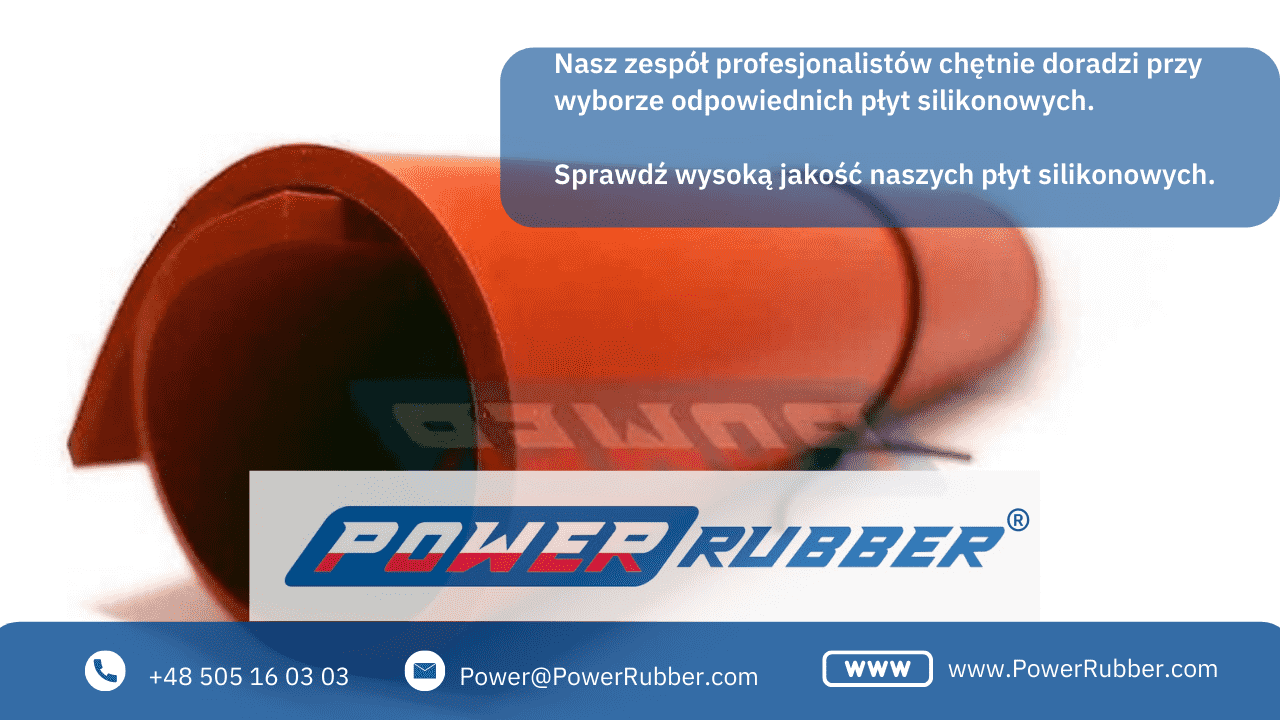Red brick silicone plates
13.05.2020
Silicone mats are a widely used product, especially in the food, pharmaceutical and technical industries. Made of the highest quality rubber, silicone plates are valued mainly for their ability to be used in situations where flexibility, versatility and resistance to negative environmental conditions are important. Since silicone plates are of many types, and each available color has slightly different properties, they can not always be used for the same actions. Red silicone plates are ideal for use in the machinery, construction and electronics industry. However, they are not intended for use in the food industry. Since these boards are exposed to very harsh conditions, they must be of the highest quality. What are the advantages of a red silicone board? When can and when can not be used and what are the average prices? 
 Silicone plate - the price surprises!
Silicone plate - the price surprises! 
Silicone red mats - advantages
Although red silicone plates are also made of solid silicone, like white and black plates, they differ in specification. The temperature range in which they can be used is a dozen, as not a few dozen degrees Celsius wider. This means that red silicone plates will be used in industries with very extreme temperatures and need material that is resistant to their adverse effects. For red plates, this range is about -60 to +260 degrees. The hardness of such mats is also very wide, because in addition to the standard 40/60 Shore A values, you can also find others to suit your requirements. One of the biggest advantages of the red silicone plate is its high abrasion resistance. Other mats are less resistant and are used in static seals. Here you do not have to fear the abrasion. In addition, technical plates are resistant to fire, acids and bases, ozone and seawater, as well as oils and lubricants of plant/animal origin. They do not oxidize and do not harm them with ultraviolet and gamma radiation. In addition, they are great for construction, as an insulating material, because they cope very well with the damping of structural vibrations.Silicone plate red - application
Due to their versatility, difficult abrasionand resistance to extreme temperatures, red silicone plates are appreciated bythe machinery, technical, automotive, electronic industries, as well as cold and dryers, as well as steel mills and mines. From the red mat you can make silicone seals, hoses, profiles and belts. The red silicone plate is also ideal as a flexible non-slip primer, rubber for grippers, an excellent insulator, vibration shock absorber, or as a carpet in cold rooms. Silicone plates are the best qualitymaterial, made in accordance with health and safety regulations and applicable standards, as certified bythe ISO Quality Management System 2009. Providing services at the highest level is the way to ensure customer satisfaction.
Where won't the red silicone plates work?
Despite its excellent properties, this silicone board is the only one not suitable for use in the food industry. In order for any silicone product to come into contact with food or drinking water, they must be certified by the Food and Drug Administration (FDA), which permits the use of products in food production, processing and packaging processes for human and animal consumption. Red plates are the only ones not receiving this approval and can only be used for technical purposes. They also do not have the hygienic approval of the State Department of Hygiene. Nevertheless, red silicone plates are still a great product, appreciated in other industries, for which their excellent properties and parameters, unattainable by other boards, count.Technical silicone plate - characteristics and prices
Although the boards usually have standard dimensions, depending on the customer's needs, the offers also include cutting the plates to size. The most popular width of the roll is the size of 1200 mm, while in terms of length, it is usually 10 meters running, that is, the whole has 12 square meters. Since the red silicone board is most commonly used in the technical industry for products of various applications, it is produced in different thicknesses. For example, available are: 0.5mm, 1mm, 2mm, 3mm, 4mm, 5mm, 6mm, 7mm, 8mm, 9mm, 10mm, 12mm and 15mm, not all of which are standard. This amount of available thickness allows you to buy a plate perfectly matched to its intended function. The prices of technical plates depend on many parameters, including thickness. They are more expensive than other rubbers, because they have much better properties, but by the way silicone is a material with a rather complicated method of manufacture. Red silicone plates with extreme hardness, i.e. about 30 Shore A and 80 Shore A, usually have dimensions different from the standard roll.
